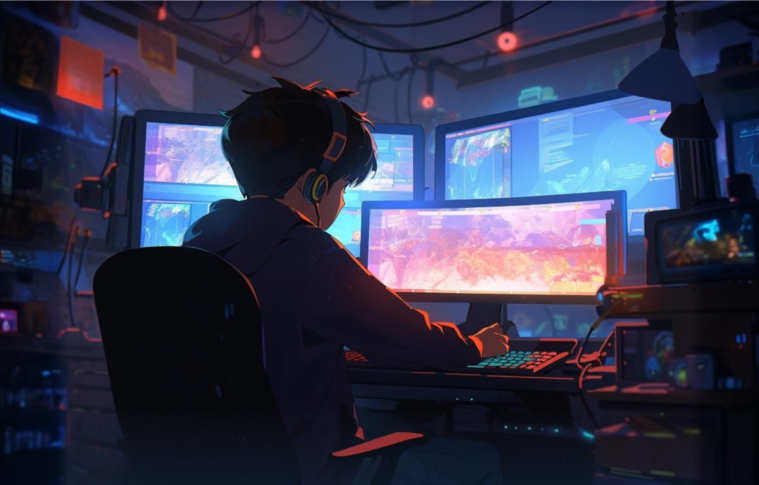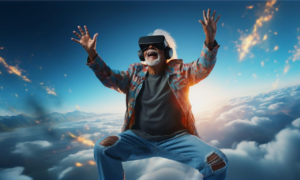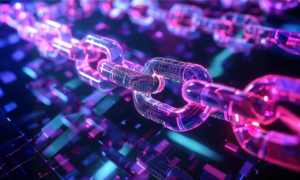Animation in user interface (UI) design is more than just decoration—it’s a powerful tool that enhances usability, builds emotional connections, and guides users through digital experiences. When done thoughtfully, animation can make an interface feel alive, intuitive, and engaging, transforming ordinary interactions into delightful journeys.
Let’s dive into how animation improves the user experience (UX) and why it’s an essential part of modern design.
1. Enhancing Visual Feedback
Animation provides immediate, clear feedback, helping users understand the consequences of their actions.
- Example:
A button subtly changes color or grows slightly when clicked, reassuring the user that their input has been registered. - Why It Matters:
Feedback animations create a sense of responsiveness, making the interface feel interactive and intuitive.
2. Guiding User Attention
Animations can direct users to focus on critical elements without overwhelming them.
- Example:
A dropdown menu sliding down smoothly or a notification badge pulsing gently to draw attention. - Why It Matters:
By guiding the user’s eye, animations reduce cognitive load, ensuring they notice and interact with key features efficiently.
3. Improving Navigation
Smooth transitions and animated cues make navigation feel seamless and natural.
- Example:
Page transitions with slide or fade effects that visually connect one screen to the next. - Why It Matters:
These animations provide a sense of continuity, helping users understand where they are and how they got there.
4. Simplifying Complex Interactions
Animations can break down complicated processes into understandable, step-by-step visuals.
- Example:
A progress bar filling up as a file uploads or an onboarding sequence illustrating how an app works. - Why It Matters:
By visualizing processes, animations make them less intimidating and more engaging for users.
5. Building Emotional Connections
Thoughtful animations can evoke positive emotions, making users feel more connected to a product.
- Example:
A playful splash screen or a cheerful character waving during a loading sequence. - Why It Matters:
Emotional connections foster user loyalty, creating memorable experiences that encourage users to return.
6. Communicating System Status
Animations can indicate system processes, such as loading, saving, or syncing.
- Example:
A spinning loader or a progress animation showing how much of a task is completed. - Why It Matters:
These animations keep users informed, reducing frustration during wait times and providing a sense of control.
7. Creating a Sense of Depth and Space
3D animations or layered effects can simulate depth, making interfaces feel more dynamic and engaging.
- Example:
A parallax scrolling effect where background images move slower than foreground elements. - Why It Matters:
Depth and space create a more immersive experience, helping users feel connected to the content.
8. Reinforcing Brand Identity
Unique animations can reflect a brand’s personality, making it stand out.
- Example:
Custom animations like Snapchat’s playful ghost or Slack’s smooth page-loading animations. - Why It Matters:
Consistent and creative animations strengthen brand recognition and align with its tone and values.
Best Practices for Using Animation in UX Design
- Keep It Purposeful
- Animation should have a clear function, whether it’s guiding, entertaining, or providing feedback. Avoid overusing animations, as they can distract or overwhelm users.
- Prioritize Performance
- Ensure animations don’t slow down the interface. Poorly optimized animations can frustrate users and impact overall experience.
- Make It Accessible
- Provide settings to reduce or disable animations for users who may find them distracting or harmful (e.g., motion-sensitive individuals).
- Test with Users
- Gather feedback to ensure your animations enhance rather than hinder usability.
Conclusion
Animation is more than a visual flourish—it’s a strategic tool for creating meaningful, user-centered designs. Whether it’s providing feedback, guiding attention, or building emotional connections, animation enhances usability and makes interactions feel natural and delightful.
As UX designers, leveraging animation thoughtfully can turn ordinary designs into extraordinary experiences, leaving users engaged, informed, and eager to return.
Ready to elevate your designs? Start small, test often, and let animation breathe life into your user interfaces.



